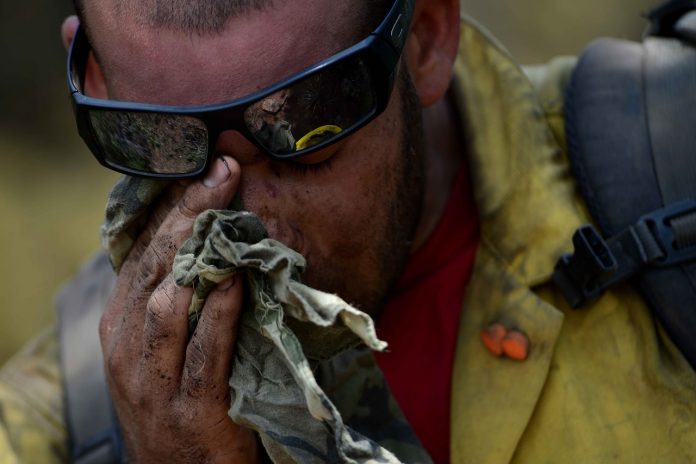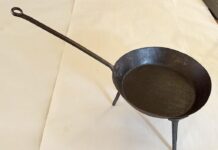By Tracy Turner
COLUMBUS, Ohio — Farmers, producers, and anyone who works outdoors should beware: When the weather is warmer, you’re at a higher risk for heat illness, which can come on suddenly with many people unaware they’re in danger.
Even experienced workers are vulnerable to heat-related illness, said Dee Jepsen, state leader, Ohio State University Extension Agricultural Safety and Health Program. OSU Extension is the outreach arm of The Ohio State University College of Food, Agricultural, and Environmental Sciences (CFAES).
One reason is that, often, some are unwilling to admit that heat affects them. Or they don’t recognize the symptoms.
In fact, almost half of heat-related deaths occur on a worker’s first day on the job. According to the Occupational Safety and Health Administration, over 70% of heat-related deaths occur during a worker’s first week.
“There seems to be a stigma associated with being affected by heat illness,” Jepsen said. “Some of the typical responses from some as to why they’re unwilling to acknowledge the risk of heat illness include, ‘I don’t need a break,’ ‘I need to prove I can work hard,’ or I don’t usually need to drink a lot of water.”
Signs of heat illness can include headache; nausea; weakness; dizziness; heavy sweating or hot, dry skin; elevated body temperature; thirst; and decreased urine output. Signs of a potential medical emergency include abnormal thinking or behavior, slurred speech, seizures, or loss of consciousness.
Steps to prevent heat illness include drinking water every 20 minutes; taking breaks in shady or cool locations; wearing a wide-brimmed hat and light-colored, loose-fitting breathable clothes; and monitoring oneself and others for signs of heat illness.
“Some tips to help lessen the potential for heat illness in agricultural workers include increasing general ventilation in barns and outdoor structures or installing cooling fans and misters under tents during outdoor field work and vegetable crop activities,” Jepsen said. “Other strategies include reducing manual labor, increasing the use of mechanized systems, and taking frequent breaks during peak heat hours.
(Chow Line is a service of the College of Food, Agricultural, and Environmental Sciences and its outreach and research arms, OSU Extension and the Ohio Agricultural Research and Development Center. Send questions to Chow Line, c/o Tracy Turner, 364 W. Lane Ave., Suite B120, Columbus, OH 43201, or turner.490@osu.edu.)
















